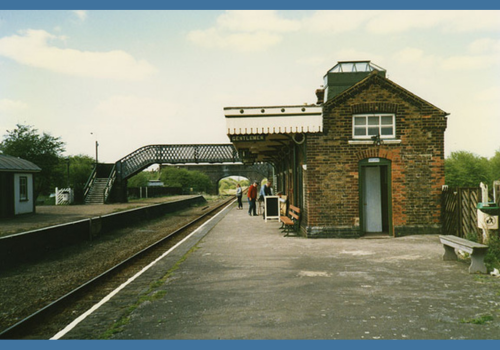The Bell Ringers from Midsomer Wellow
• (Caution: Contains spoilers for Episode: S05E03: Ring out your Dead) Diesen Beitrag gibt es auch auf Deutschauch auf Deutsch. • Tom and Joyce Barnaby are sitting at the table in the kitchen, and Tom is looking through numerous papers, most of which are in front of him. In 1860, the vicar of Midsomer Wellow was thrown down a well and died. Before that, there had been real trouble with the local bell-ringers because he had tried to force them to attend services and had had their beer barrel removed from the ringing room. Although the case was obvious, the evidence was lacking and the witnesses remained silent.









